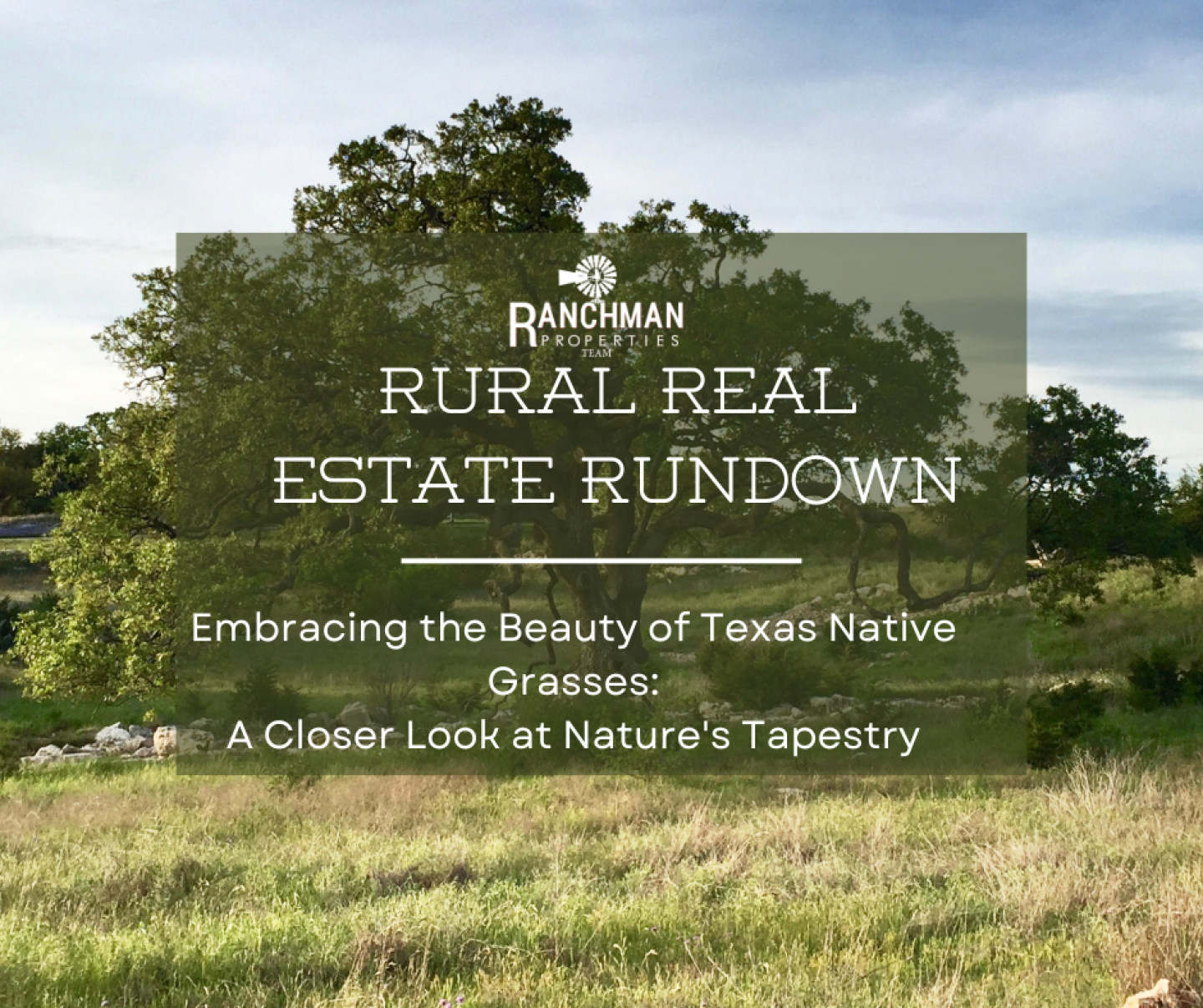In the sprawling landscapes of Texas, native grasses weave a tapestry of beauty and resilience, playing a vital role in the state’s ecosystem and cultural heritage. From the tallgrass prairies of the east to the arid plains of the west, Texas is home to a diverse array of native grass species, each adapted to the unique climate, soil, and ecological conditions of its region. In this blog post, we’ll explore the fascinating world of Texas native grasses, their ecological significance, and their potential for landscaping, conservation, and restoration efforts.
**1. Ecological Significance:**
Native grasses are the backbone of Texas’ natural ecosystems, providing essential habitat, food sources, and ecosystem services for wildlife, pollinators, and soil organisms. These grasses have evolved over millennia to thrive in Texas’ diverse range of climates, from the humid Gulf Coast to the arid Chihuahuan Desert, making them well-suited to withstand drought, heat, and other environmental challenges. Additionally, native grasses play a crucial role in soil stabilization, erosion control, and water filtration, contributing to the health and resilience of Texas’ landscapes.
**2. Diversity of Species:**
Texas boasts an impressive diversity of native grass species, each with its own unique characteristics and adaptations. Some of the most iconic native grasses found in Texas include:
- Big Bluestem (Andropogon gerardii): A tallgrass species commonly found in prairies and savannas, known for its striking blue-green foliage and impressive height.
- Little Bluestem (Schizachyrium scoparium): A shorter grass species with blue-green foliage that turns shades of red, orange, and purple in the fall, adding visual interest to landscapes.
- Eastern Gamagrass (Tripsacum dactyloides): A warm-season perennial grass species that thrives in wetland habitats, providing valuable forage for wildlife and livestock.
- Indiangrass (Sorghastrum nutans): A tallgrass species with golden-brown seed heads that add texture and movement to prairie landscapes, attracting birds and other wildlife.
**3. Landscaping and Restoration:**
Native grasses offer numerous benefits for landscaping, conservation, and restoration projects in Texas. Whether used in residential gardens, public parks, or large-scale restoration efforts, native grasses provide low-maintenance beauty, drought tolerance, and wildlife habitat value. Landscapers and homeowners can incorporate native grasses into their designs to create sustainable, water-wise landscapes that reflect the natural beauty of Texas’ native ecosystems. Additionally, conservation organizations and land managers often utilize native grasses in habitat restoration projects to enhance biodiversity, restore degraded landscapes, and improve soil health.
**4. Conservation and Stewardship:**
As stewards of Texas’ natural resources, it is essential for landowners, conservationists, and policymakers to prioritize the conservation and preservation of native grasslands and prairies. By protecting remaining tracts of native grassland habitat, implementing sustainable land management practices, and promoting the use of native grasses in landscaping and restoration, we can help safeguard the ecological integrity and biodiversity of Texas’ landscapes for future generations to enjoy.
**5. Conclusion:**
In conclusion, Texas native grasses are an invaluable component of the state’s natural heritage, providing beauty, resilience, and ecological benefits to landscapes across the Lone Star State. By embracing the diversity and significance of native grass species, we can enhance the health and vitality of our ecosystems, support wildlife habitat, and create sustainable landscapes that honor Texas’ rich cultural and environmental legacy. Whether used in gardens, parks, or restoration projects, Texas native grasses are a testament to the beauty and resilience of nature’s design.

